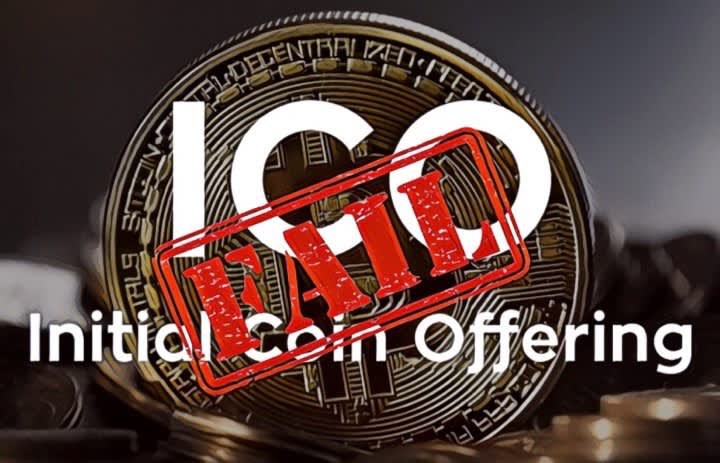Where Did the ICO Go? The Perspectives of Blockchain Fundraising
27 March 2020 10:58, UTC

05-07-2019 17:35:32 | Investments
Currently, two large projects are going to sink in a live mode — TON and KIN — being the result of the onslaught led by the inexorable Commission. Looking at such events, it is unlikely that any of the organizers of fundraising campaigns will even want to sound out the notorious three-letter abbreviation loudly.
25-03-2020 11:41:26 | News
The report also indicates an increase in decentralized financing (DeFi), while noting that assets on DeFi platforms currently amount to more than $1 bln, compared to $300 mln in January 2019.
How and where does money come to blockchain projects now?
12-02-2020 12:27:07 | Investments
The activity of VC funds increased in 2018, but in 2019 this trend, however, did not develop. In 2019, 807 venture deals were concluded — a slight decrease compared to 822 in 2018. However, the total amount of capital raised fell by about 30%: from $4.26 bln in 2018 to $2.79 bln last year. The average amount raised by blockchain companies was higher in 2017: then, an average of $4.22 mln was raised, compared with $3.45 mln in 2019.
This data also demonstrates “the cryptocurrency’s commitment to financing its own ecosystem” — NEO Global Capital and Coinbase Ventures are the two most active VCs in 2019. Although blockchain investments in hedge funds are growing, CB Insights emphasizes that most of the capital comes from cryptocurrency funds.
With regard to the distribution of funding sources by country, the fact is obvious that since 2015, investments have been steadily moving from the United States to China. In 2015, blockchain funding in the US amounted to 51% of the global total, compared with 2% in China. In 2019, the United States accounted for 31%, while China grew to 22%. Together, 53% of global venture capital financing comes from these two countries.
13-02-2020 14:51:42 | News
What to expect in the future?
One could have expected the growth of venture financing in the blockchain in 2020, but the global financial crisis interfered. Most likely, the level will probably remain the same, if not reduced. But the return of the ICO and private investors is hardly possible. A huge number of scam projects discredited the market, followed by tightening regulation and raising the threshold for entry of investments. The tale of making Xs for ordinary people could not come true, though it all began so promising.Image courtesy of Masmic